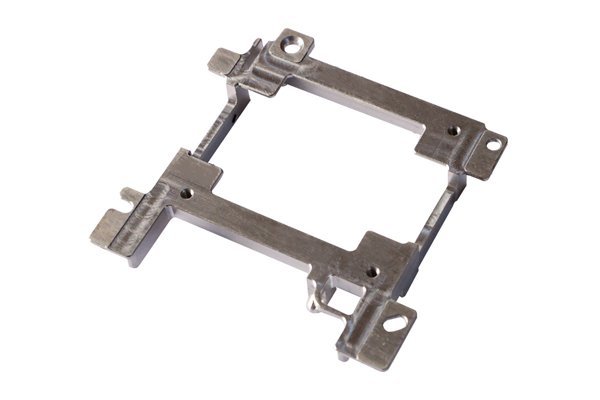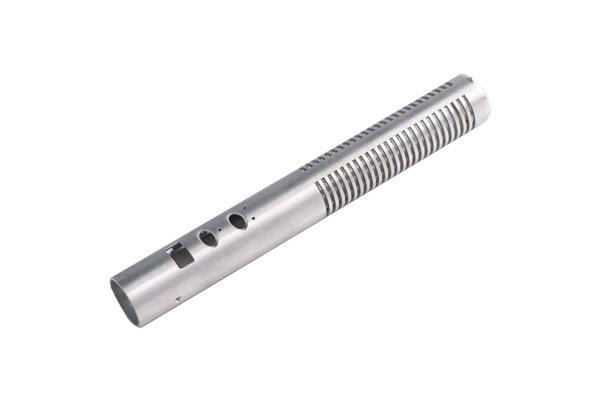Opening: The Intricacies of CNC Milling
Did you know that CNC milling technology has evolved so significantly that it can now create intricate components with tolerances as tight as 0.001 inches? For industries ranging from aerospace to automotive, this precision is not just a luxury; it’s a necessity. However, with the advent of complex profile parts, engineers and machinists face a myriad of challenges that can hinder production schedules and impact part quality. What exactly are these challenges, and how can they be effectively addressed? Let’s delve into the fascinating world of CNC milling for profile parts to find out.
Understanding CNC Milling and Profile Parts
CNC (Computer Numerical Control) milling is a subtractive manufacturing process that utilizes computer-controlled machines to cut and shape materials. The process is highly versatile and can handle various materials, including metals, plastics, and composites. Profile parts, defined by their complex shapes, ranging from geometric patterns to intricate designs, require precision and specialized programming for successful milling.
While CNC milling has opened up new possibilities, it has also introduced technical challenges. Understanding these challenges is crucial for any manufacturing operation looking to maintain high standards of quality and efficiency.
Key Technical Challenges
The nature of CNC milling means that tools are subjected to significant wear and tear, especially when working with hard materials or complex geometries. The varying forces exerted during milling can lead to premature breakage, which not only halts production but can also lead to costly waste.
Solution: Implementing a tool monitoring system can help in determining the optimal tool life and avoiding unexpected breakages. Regular maintenance along with the use of high-quality cutting tools designed for specific materials can also enhance durability.
Designing and programming CNC machines to mill complex profile parts can be daunting. The intricacy of the part may require advanced CAM software, and any errors in programming can lead to defects and rework.
Solution: Utilizing advanced CAD/CAM software can help simplify the programming process. Simulation tools can predict potential issues before actual machining begins, allowing engineers to make necessary adjustments.
During the machining process, materials can warp due to thermal expansion, especially when subjected to cutting forces. This distortion can lead to inaccuracies in the final product.
Solution: Controlling the machining environment and using appropriate cooling strategies can reduce the risk of thermal distortion. Additionally, stress-relief techniques such as annealing may be employed on certain materials before machining.
Achieving tight tolerances is critical, particularly for industries requiring precision, such as aerospace. Variations in setup, tool wear, and environmental conditions can lead to deviations from intended specifications.
Solution: Implementing in-process measurement tools can aid in monitoring dimensions during machining. Techniques like adaptive machining adjust the cutting parameters in real time to maintain tolerances.

In complex profile milling, ensuring effective chip removal can be problematic. Inadequate chip removal can lead to recutting and surface finish issues, impacting quality.
Solution: Employing appropriate tool geometries and optimizing cutting parameters can significantly improve chip flow. Implementing effective coolant delivery systems can also help in managing chip removal.
High-speed machining can introduce vibrations that affect the stability of the tool and the workpiece. These vibrations can lead to poor surface finishes and reduced accuracy.
Solution: Utilizing machine tools with high rigidity and stability, along with optimizing cutting speeds and feeds, can mitigate vibrations. Anti-vibration tooling may also be used to enhance performance.
Setting up complex parts on CNC machines can sometimes be time-consuming and prone to errors. Misalignment can have a significant impact on accuracy and efficiency.
Solution: Specialized fixturing methods can help secure parts during machining. Additionally, employing outsourcing for setup or investing in automated setup solutions can greatly reduce human error.
Importance of a Holistic Approach
Addressing these technical challenges requires a comprehensive approach that involves careful planning and ongoing adjustments to both processes and equipment. Successful CNC milling relies not just on the machine itself but also on the individuals operating it and the systems in place for quality control.
Advanced Solutions for Enhanced Performance
: The Path Forward in CNC Milling
The world of CNC milling is as intricate as the profile parts it creates. Understanding the technical challenges of milling these components is paramount for industries that require high precision. From tool wear to material distortion, each challenge has its solution, and navigating them requires a strategic approach that combines technology, training, and continuous improvement.
Investing in the right tools, software, and training enables manufacturers to enhance their capabilities and maintain quality while meeting the demands of complex design. As the industry moves forward, embracing innovations such as AI and advanced analytics will be crucial for staying competitive.
This blog on the challenges of CNC milling profile parts highlights the importance of awareness and strategic planning in manufacturing. By considering these factors, businesses can improve efficiencies and produce high-quality components—ensuring they remain frontrunners in their respective industries. It’s never a bad time to reflect on these aspects and consider how they might apply to your operations. The future of CNC milling holds vast potential, and with the right approach, the possibilities are limitless.






